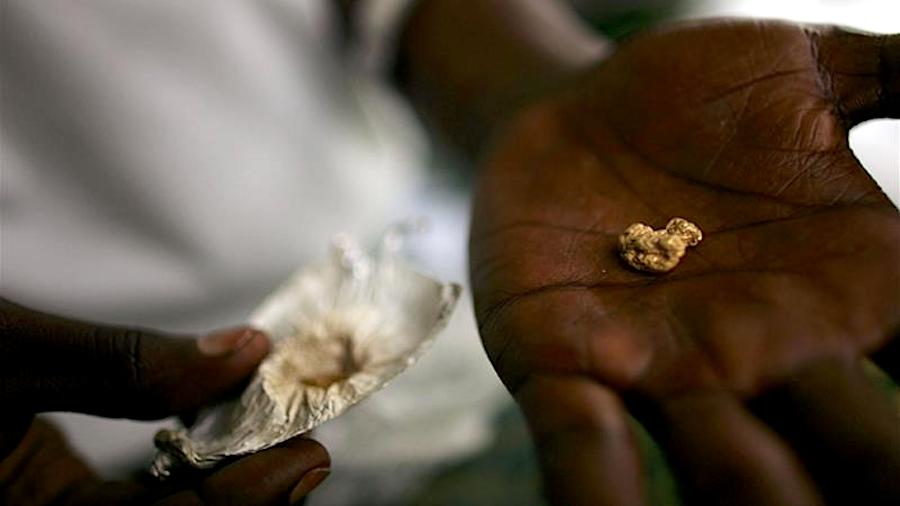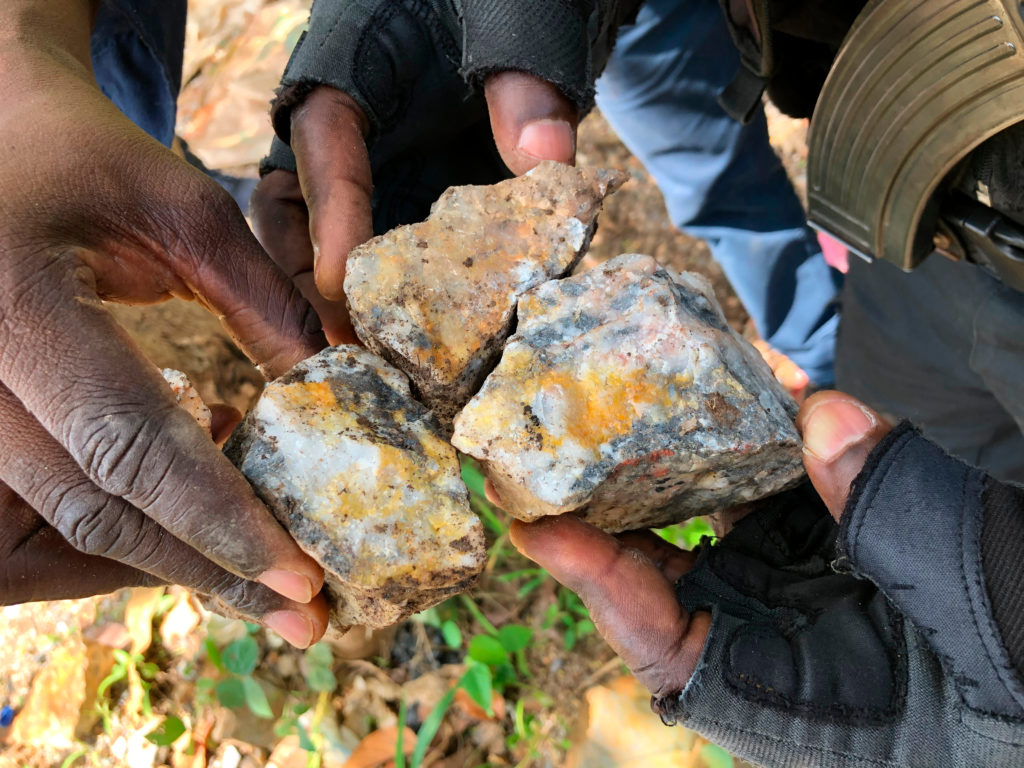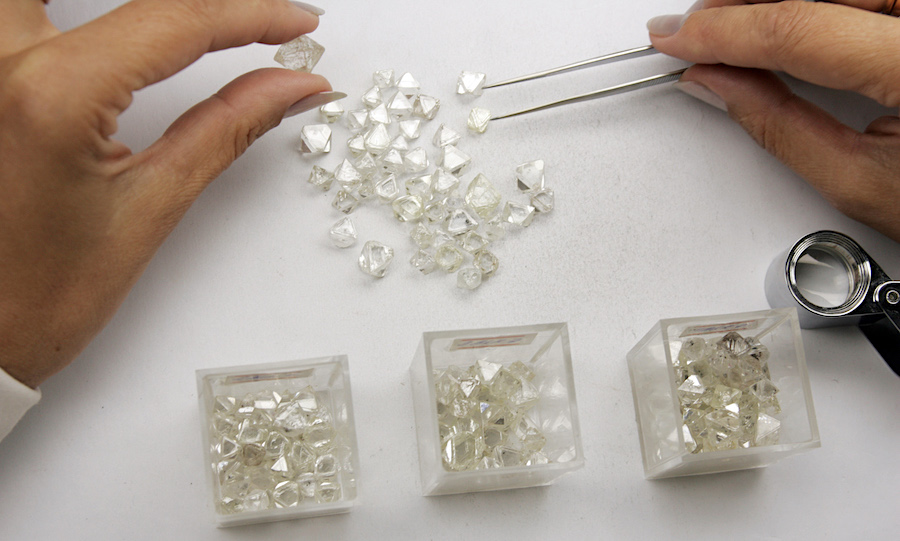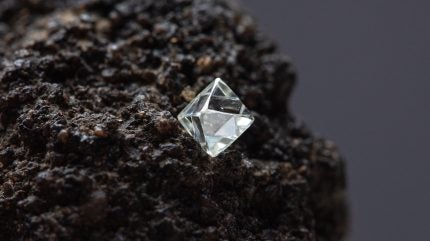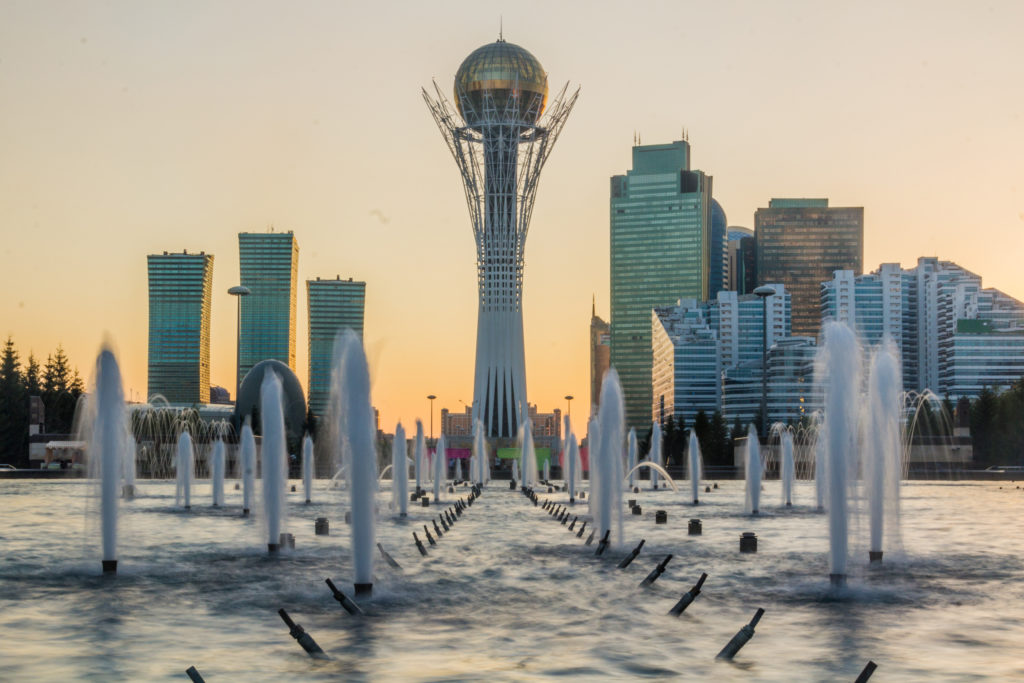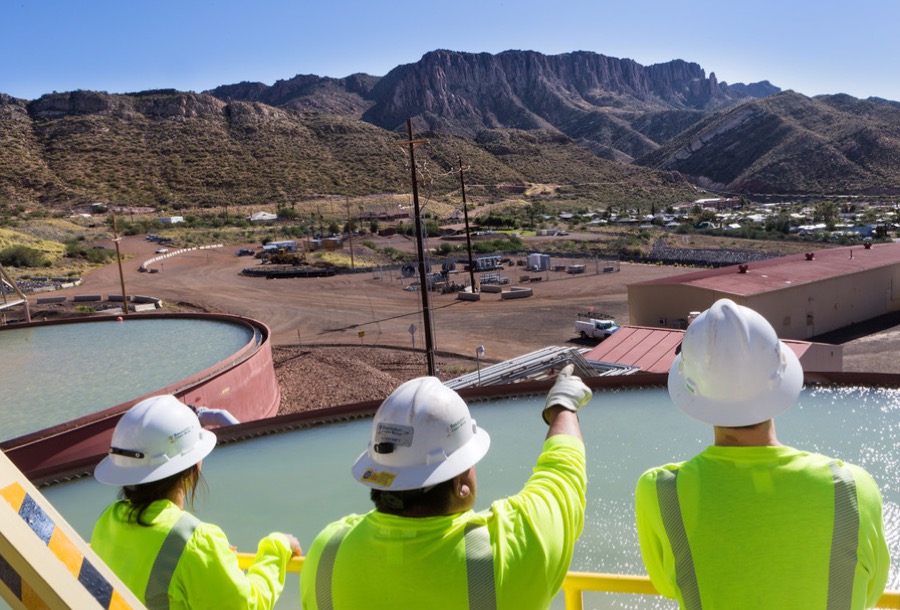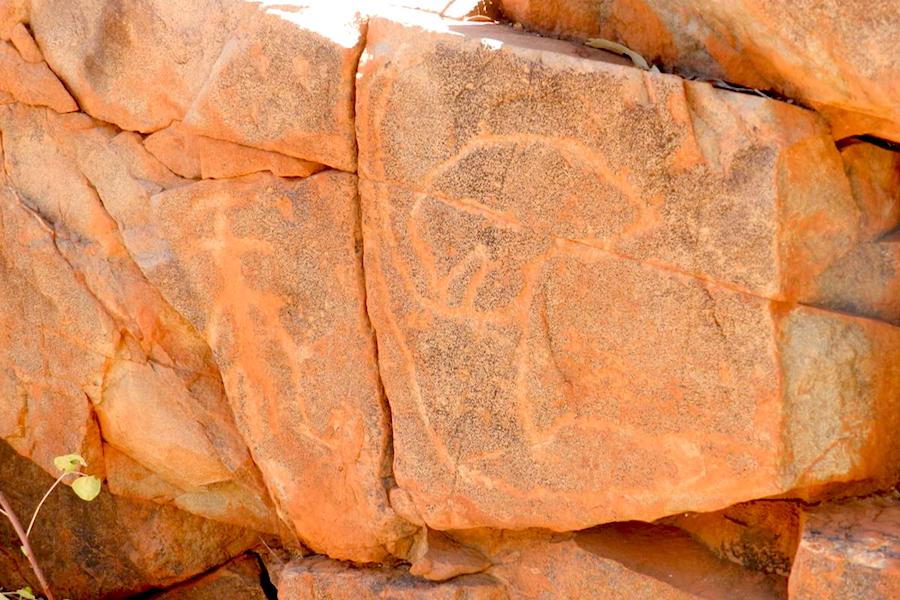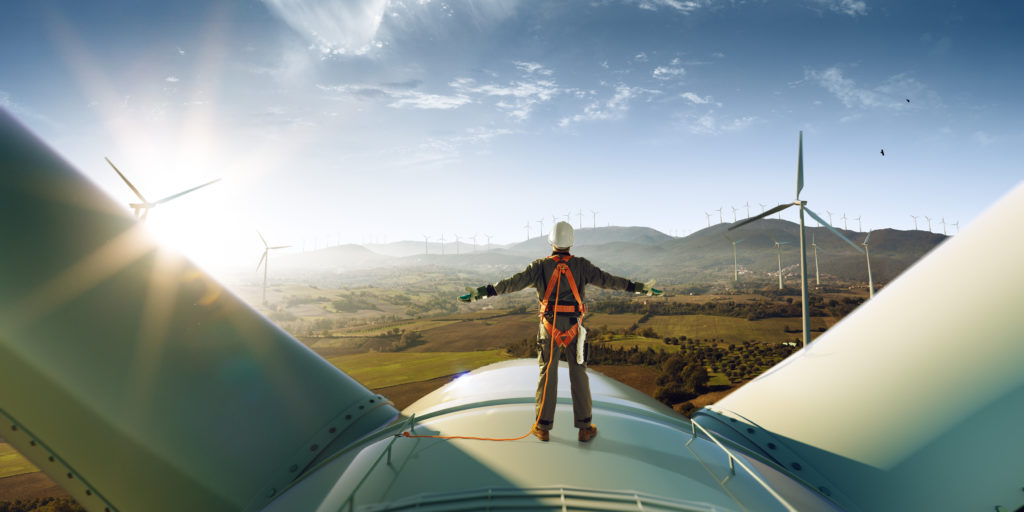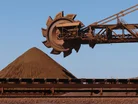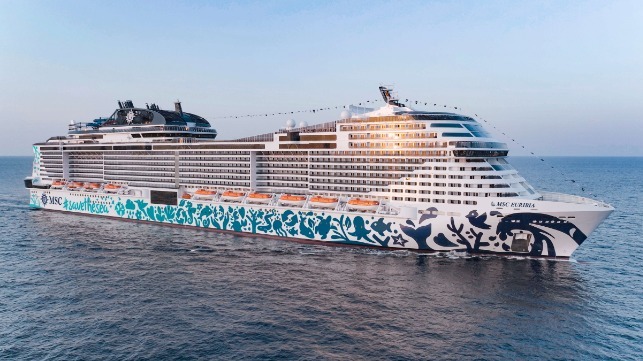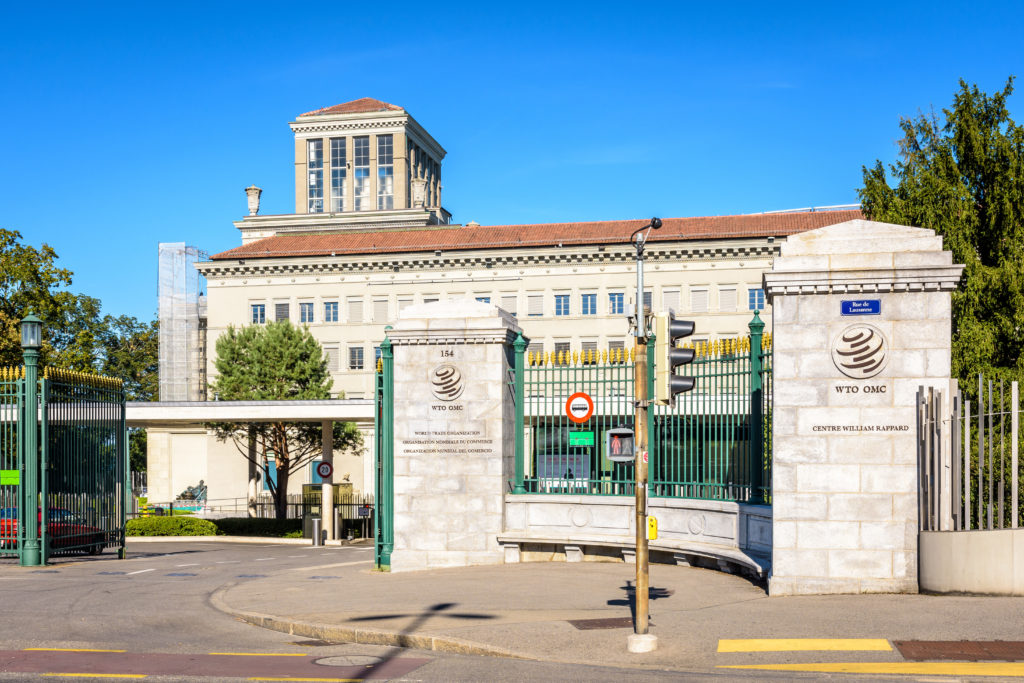
Entrance of the World Trade Organization (WTO)
China’s commerce ministry said on Wednesday it has asked the World Trade Organization (WTO) to rule on Canada’s imposition of steep tariffs on Chinese electric vehicles as well as steel and aluminum products.

Following the lead of the United States and European Union, Canada began imposing on Tuesday a 100% levy on EVs shipped from China, having also announced in late August a 25% tariff on Chinese steel and aluminum products.
“China has raised a litigation to the WTO over Canada’s unilateral and trade protectionist measures, and will conduct anti-discriminatory probe into these restrictive measures,” the ministry said in a statement.
The ministry repeated its strong opposition to the tariffs, which it says will “disrupt and distort global industrial and supply chain.”
(By Chen Aizhu; Editing by Shri Navaratnam)
Bloomberg News | October 1, 2024
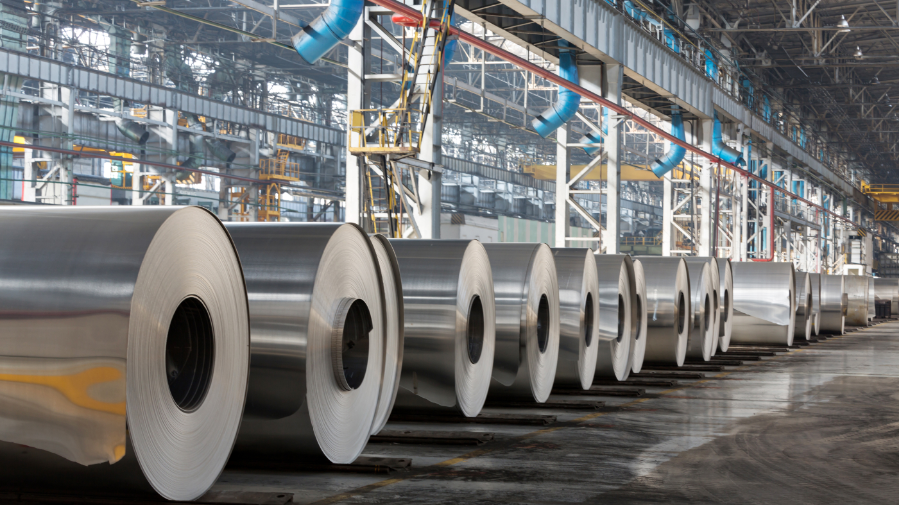
Canada published a list of dozens of Chinese steel and aluminum products on which it will place a 25% tariff, starting in three weeks.

The tariffs, which were announced in August alongside a 100% levy on Chinese-made electric vehicles, bring Canada’s trade policy closer to that of its closest allies — and aims to shelter domestic producers from lower-cost products made in Asia’s largest economy.
“We are moving in lockstep with key international partners to protect Canadian workers and businesses in our steel and aluminum sectors from China’s intentional, state-directed policy of overcapacity and oversupply,” Finance Minister Chrystia Freeland said in a news release.
The tariffs will apply to a long list of items including ingots, coils, wires, bars and rods. Goods that are already in transit on Oct. 22 will be exempt.
The government said it plans to review the measures within the next year, at which point they may be extended or “supplemented by additional measures.”
Canada, an economy that relies heavily on trade with the US, has been closely monitoring the Biden administration’s moves against Chinese EVs, batteries, solar cells, steel and other products.
Canada’s surtax on electric vehicles takes effect Tuesday and includes certain hybrid passenger automobiles, trucks, buses and delivery vans.
(By Erik Hertzberg)
